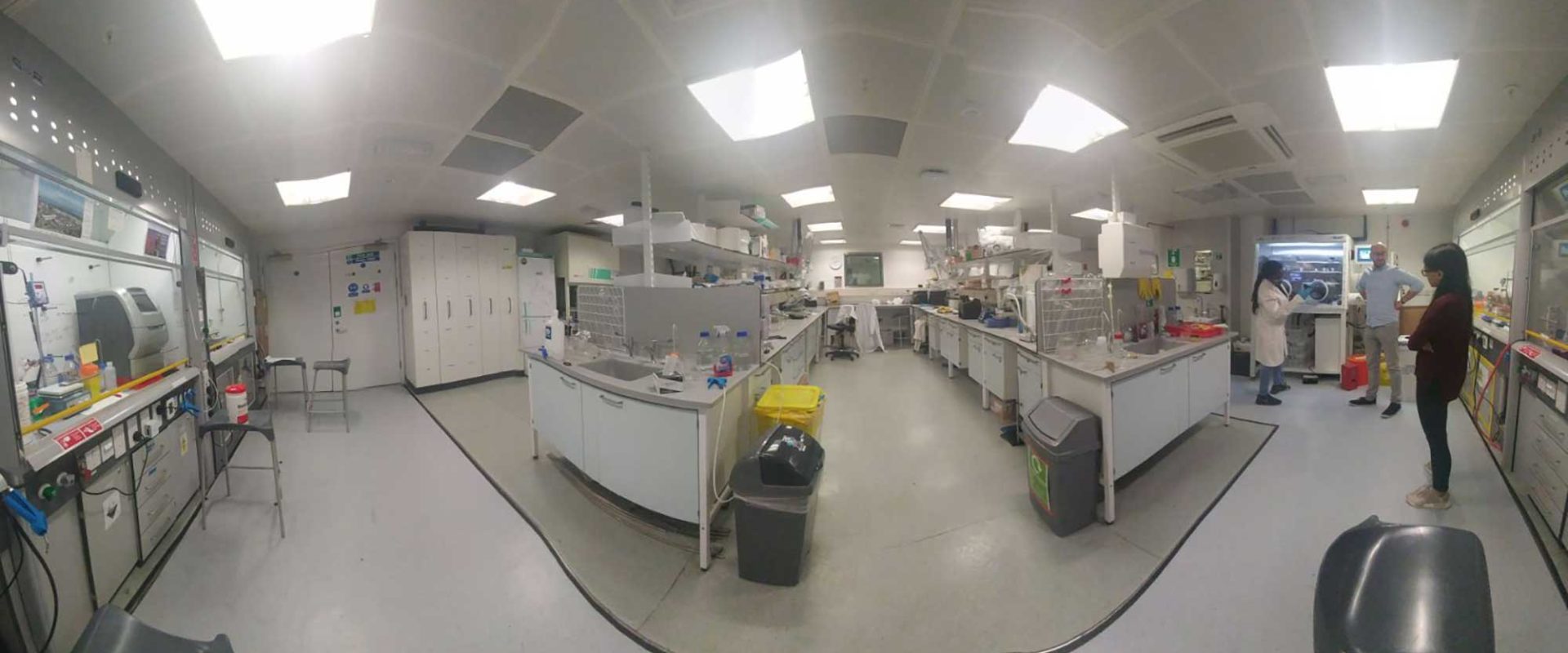By Ridwaan Joghee
During my In2ScienceUK placement at UCL/h for clinical trials I’ve learnt what research scientists do in their everyday working life. On the first day of my placement I’ve learnt a basic technique on how to use a centrifuge, in my opinion scientists entirely depend on this piece of equipment.
The main function for a centrifuge is to put test-tubes (which usually contain blood in our lab) in rotation around a fixed axis, applying a potentially strong force perpendicular to the axis of spin. I’ve also learnt that you cannot just place test-tubes randomly in the metal buckets. Instead you’ve to balance the test-tubes anti-parallel from the opposite bucket. If you fail to do so the test tubes will break and the contents of it (usually blood) will cause a spillage and you could even get HIV by doing so!
Once the blood has been centrifuged you’ll notice that the plasma is detached from the red-blood cells. This plasma needs to then be extracted out by using a pipette. This process must be done extremely carefully as you may damage the separation layer and re-mix the two components again. If occurs, you’ll have to centrifuge the test tube again.
Plasma contains a mixture of water, sugar, fat, protein, and salts. The main job of the plasma is to transport blood cells throughout your body along with nutrients, waste products, antibodies, clotting proteins, chemical messengers such as hormones, and proteins that help maintain the body’s fluid balance. Therefore, the plasma contains supplementary genetic information about the patient which can then be analyzed. This is so scientists can see what specific nutrients or hormones (for example) the patient lacks.


